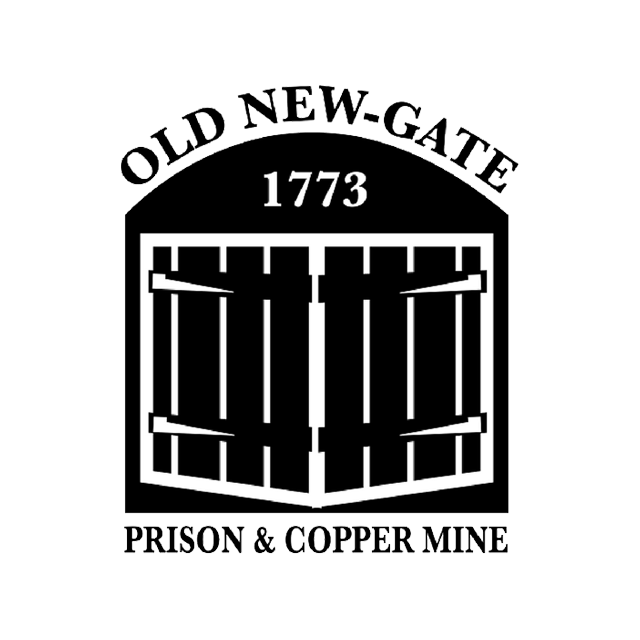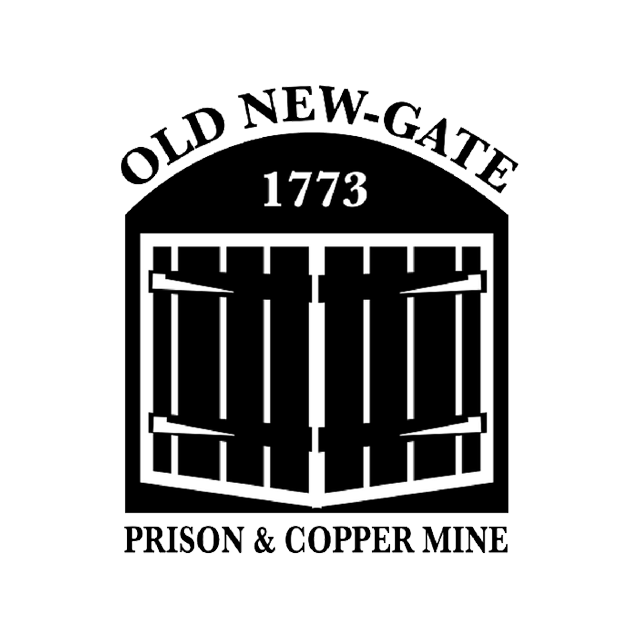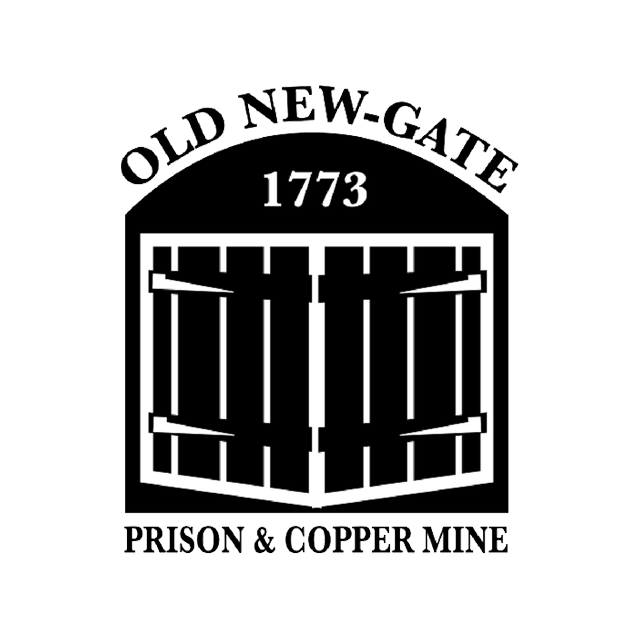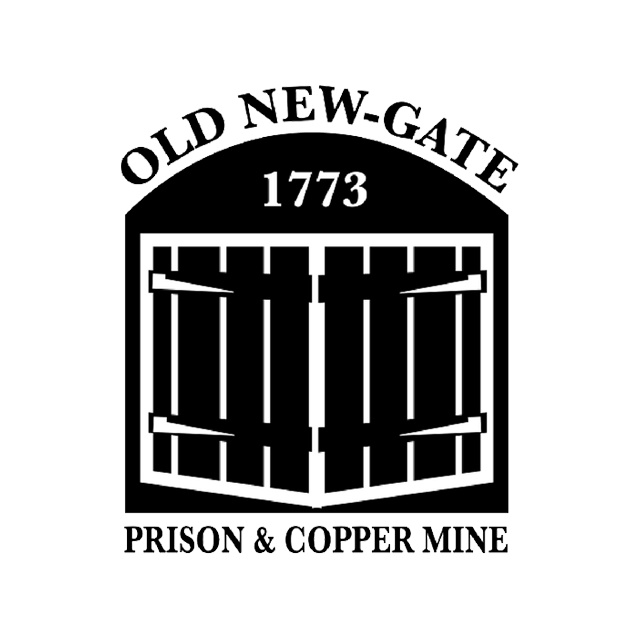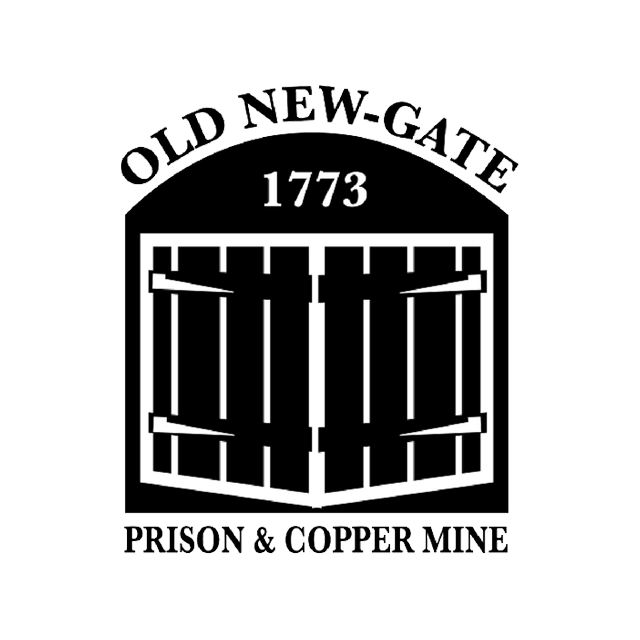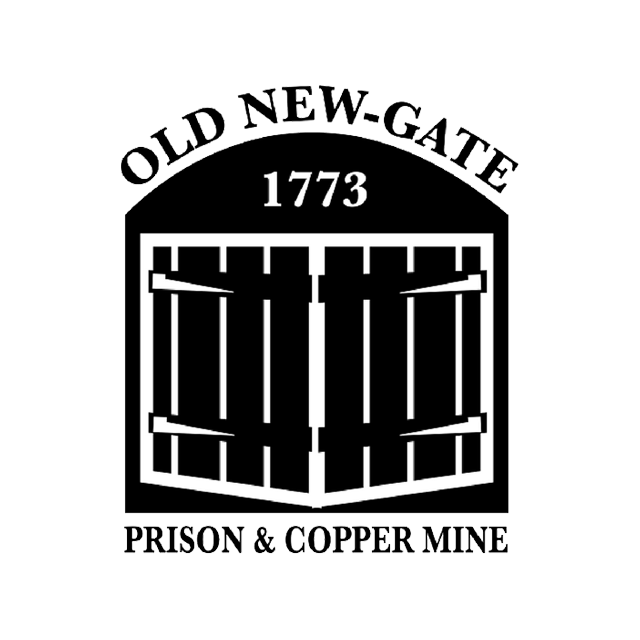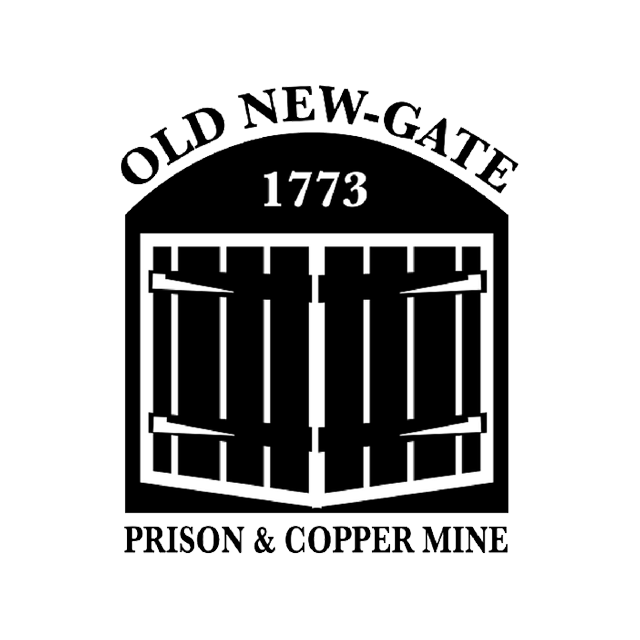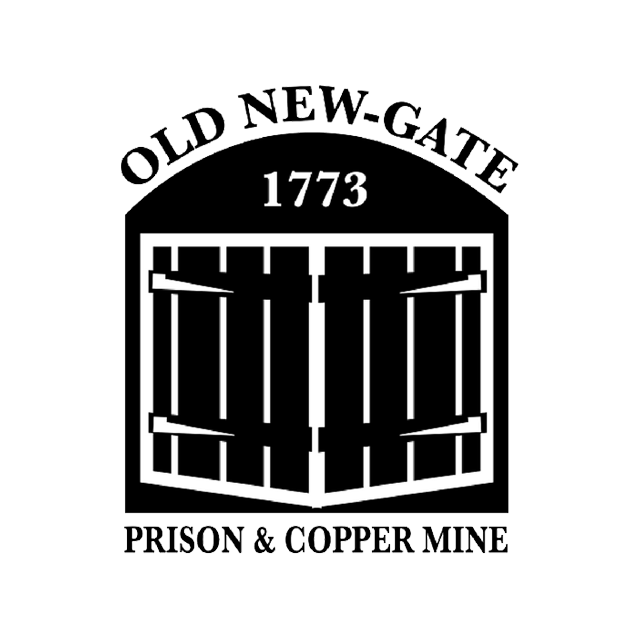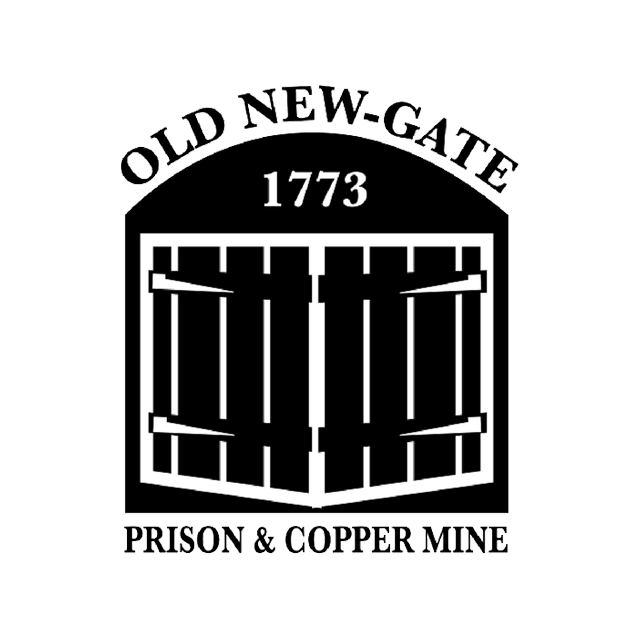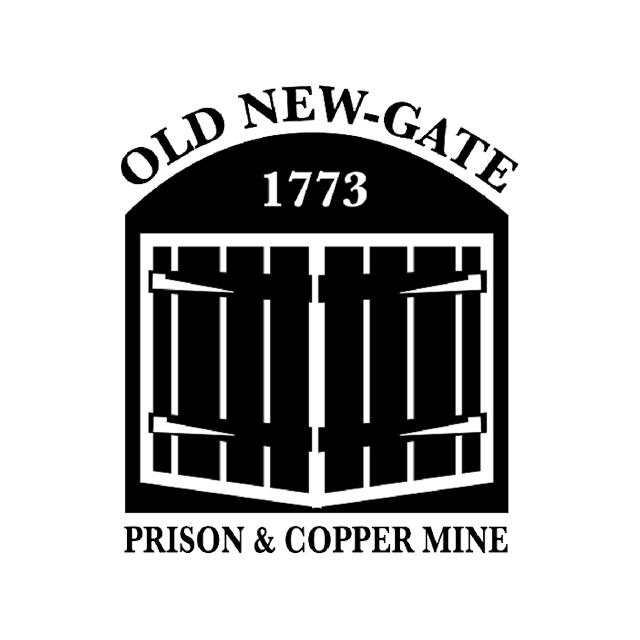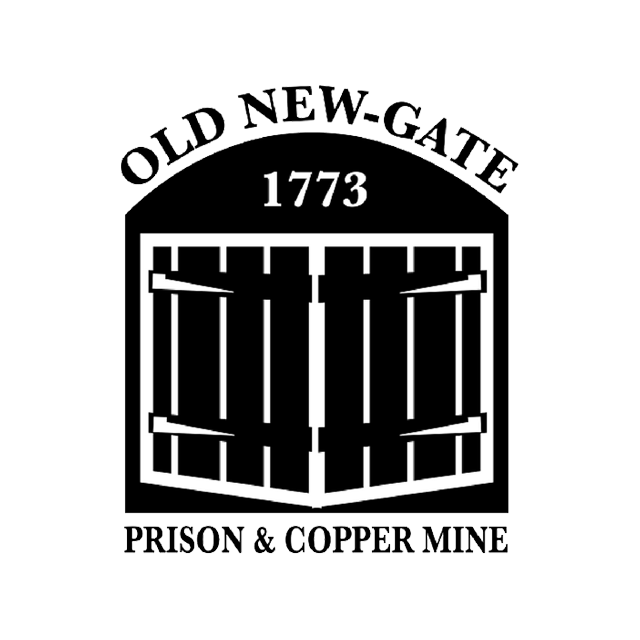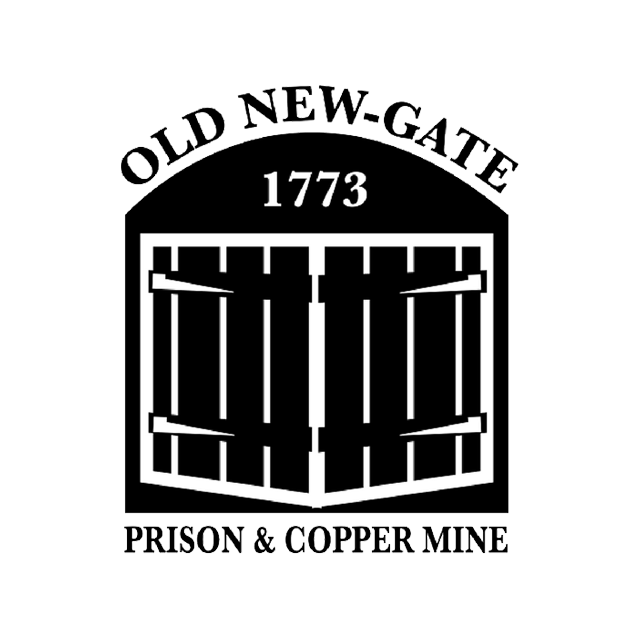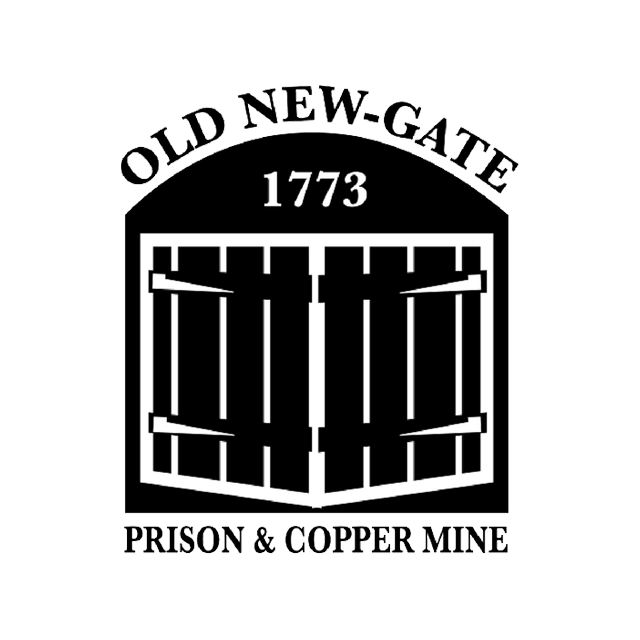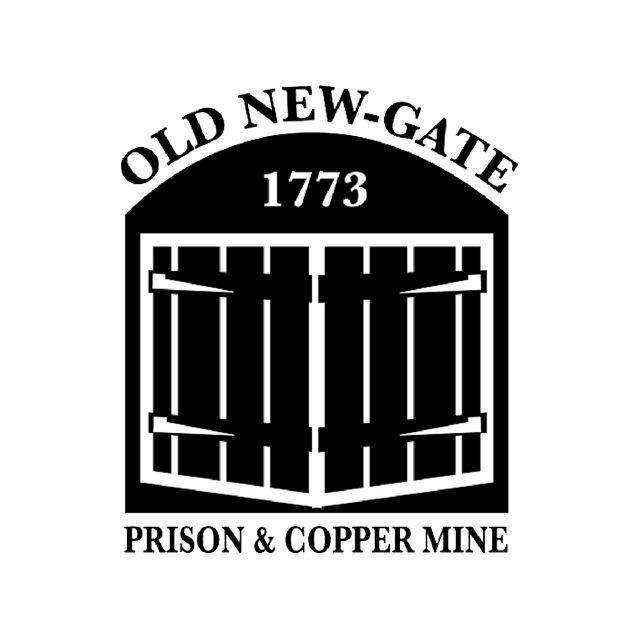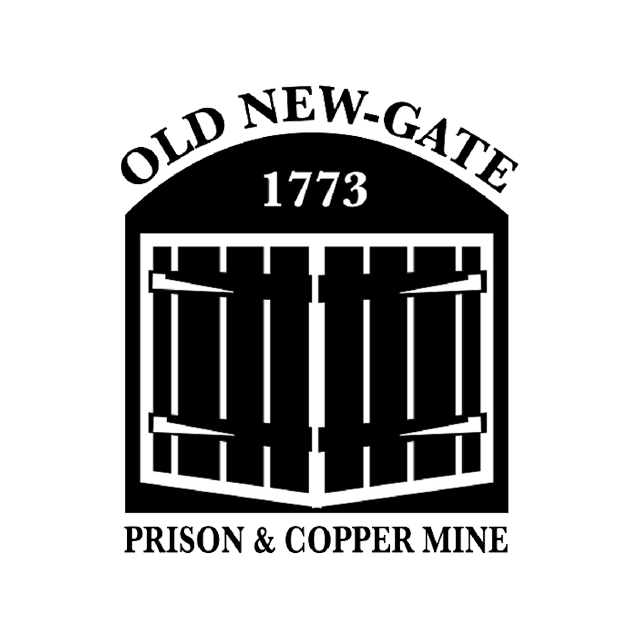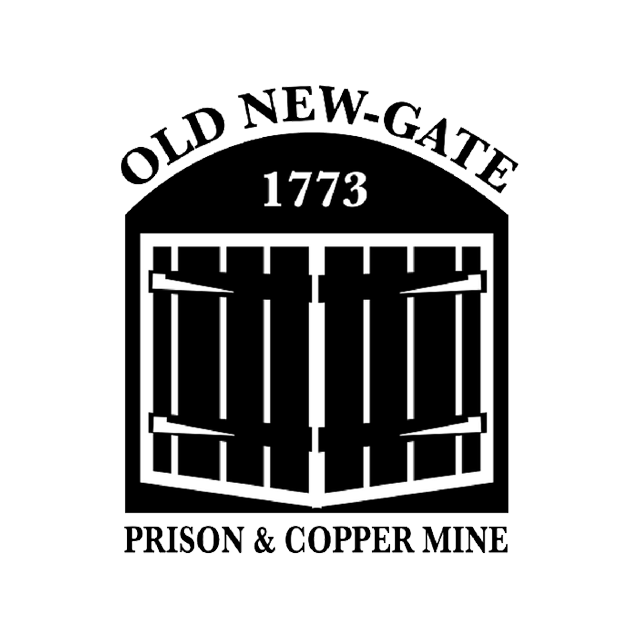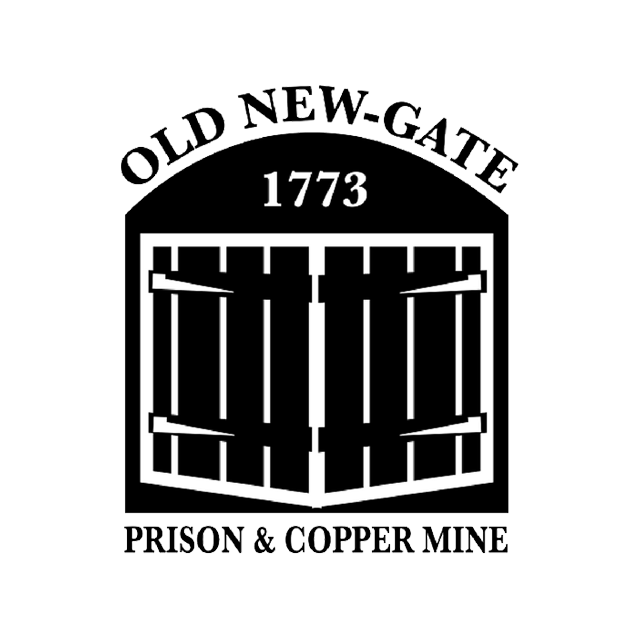Old New-Gate Prison and Copper Mine
The Mine Entrance
This staircase was constructed in 1972 to provide easier access for visitors. For hundreds of years, the only way in or out was a ladder!
Lodging Area
Prisoners slept in wooden cabins in this large open space. No traces of these structures remain.
Stone Steps
Take a closer look: these stone steps were carved by the colonial miners and have been worn smooth by time and the footsteps of miners, prisoners, and tourists.
Original Entrance
A ladder in this shaft provided the only access into the mine. When the mining stopped and the tunnels were turned into a prison, the guardhouse was built on top of this shaft to prevent prisoner escapes. Click the floor icon in lower left and choose 2 to go up the shaft.
Copper Ore
As you click through the virtual mine, keep your eyes peeled for green rock like you see here. This is the valuable copper ore that the miners were digging out. Their work created the tunnels you are clicking through now. The Indigenous people in Connecticut taught British colonists where to find copper.
Rubble
This rubble would not have been here when these tunnels were used to confine prisoners. After the prison closed, mining companies returned to this site and this rubble is from their mining attempts.
Water Droplets
Watch for water droplets like these as you explore the virtual mine. Water is always dripping from the ceiling because of rainwater soaking through the ground.
The Well
This well provided water and a little bit of sunlight to prisoners. Without access to lamps or candles, you can imagine how dark it was for the prisoners who lived down here.
Entrance to Solitary
This small doorway leads to the solitary confinement chamber.
Solitary Confinement
A prisoner would have been chained in this chamber as punishment. The hard stone walls of this chamber reflect noise and cause a loud echo.
Flooded Tunnels
This mining tunnel is flooded because of the height of the water table. Miners were able to dig these tunnels with the help of additional workers who pumped out water. The remains of an old wooden pipe used to drain water out of the mine can be seen here.
Tunnels
Look up! These tool marks tell us how this tunnel was constructed. Keep your eyes peeled for more gouges like these ones as you click through the virtual mine.
Under the Road
This part of the mine is underneath Newgate Road, outside of the prison walls. Here you are 75 feet underground.[Click HERE to transport straight up to the street!](https://my.matterport.com/show/?m=PwPvzQac8kU&cloudEdit=1&sr=-3.02,-.07&ss=341)
Abandoned Tunnel
This area is closed for safety reasons but the darkness gives you an idea of what conditions were like for miners and prisoners.
Copper Ore
This copper ore shows up as a distinct layer! The layers above and below the green layer have no copper because they are more dense. The green layer is more porous, which allowed copper to be deposited in the rock millions of years ago.
Drainage Tunnel
This drainage tunnel was dug out by the miners to move the water away from their work. You can tell how wet it is down here even after this improvement was made.
Copper Ore
This bright green rock is copper ore! It may not look much like copper metal, but the metal is distributed within the rock and can be pulled out in a process called smelting.
Tool Marks
These drill holes tell us how the miners dug out the copper ore. Colonial miners would have used hand tools, nothing like the drills we use today. Later miners in the 1800s would have used steam powered drills.
Spiral Staircase
After the mining years ended and the prison opened, this shaft was filled in with stones to prevent prisoner escapes. The spiral staircase you see today is a modern safety measure.
Ore Shaft
This shaft was created to allow the miners to haul the copper ore out of the ground more easily. They would have had an old-fashioned device called a whim that used animals to pull up the heavy rocks.
Water Droplets
Did you remember to watch for water droplets?
Abandoned Tunnel
This area is closed for safety reasons but the darkness gives you an idea of what conditions were like for miners and prisoners.
Visitor Center
Gift Shop and Restrooms
Nail Shop
In a brick 30' x 40' building which stood here, prisoners, chained to forges, made nails which were sold to cover the costs of the prison.Prisoners who did not make their daily quota could be punished by whipping. That building was taken down in the 1830's by the Phoenix Mining Company whoc onstructed the stone structure whose ruins you see now.
Well
The well was excavated in 1777 to provide water for the prison.The well shaft extends through a mine tunnel - when you are down below, look up to see the sky!
Perimeter Wall
The 12 feet walls were constructed in 1802 to replace a spike-topped wooden fence and to enclose a larger area to meet growing prison needs.
Original Prison Entrance
The entrance wall is 3 feet thick at its base and 1 1/2 feet thick at its top.
Ore Shaft
A modern sentry box covers the 70 foot deep shaft used by the miners to bring up the excavated copper ore with a windlass. It is now an emergency exit.
Chapel
Built in 1805 as the "Upper Prison", this structure was later dedicated as a chapel in 1815, which accommodated 250 people under prison chaplain, The Reverend Rosseter. The public was welcome to worship here with the prisoners.
Workshop
Prisoners made shoes, barrels and other items for sale here.When first constructed in 1803, the building also served as a kitchen and hospital.
Cell Block
A four-story cell block was built in 1824 to provide improved living conditions for the increasing number of prisoners. Later an observation deck was constructed on top to offer tourists dramatic vistas of the Farmington Valley. The building was destroyed by a fire in 1904
Guardhouse
Built in 1790 and expanded in 1819, this is the only structure surviving from the prison days.The Main floor provided housing for the prison keeper and his family and the guards. The lower level was used for storage and for use by inmates. After the prison closed, this building became a private home. In the 1920's it was remoedled into a dance hall and subsequently exhibit space.
Original Entrance Into Mine
The miners, and later the prisoners, climbed up and down a ladder in this 3 foot diameter shaft to go in and out of the mine. To control the prisoners, the guardhouse was built directly on top of the shaft.
Entrance to the Jug Cells
The Mine
Miners used pickaxes and black powder to blast deep underground in their search for copper ore.[Click HERE to descend into the Copper Mine.](https://my.matterport.com/show/?play=1&sr=-.57,-1.38&ss=81&m=PwPvzQac8kU)

